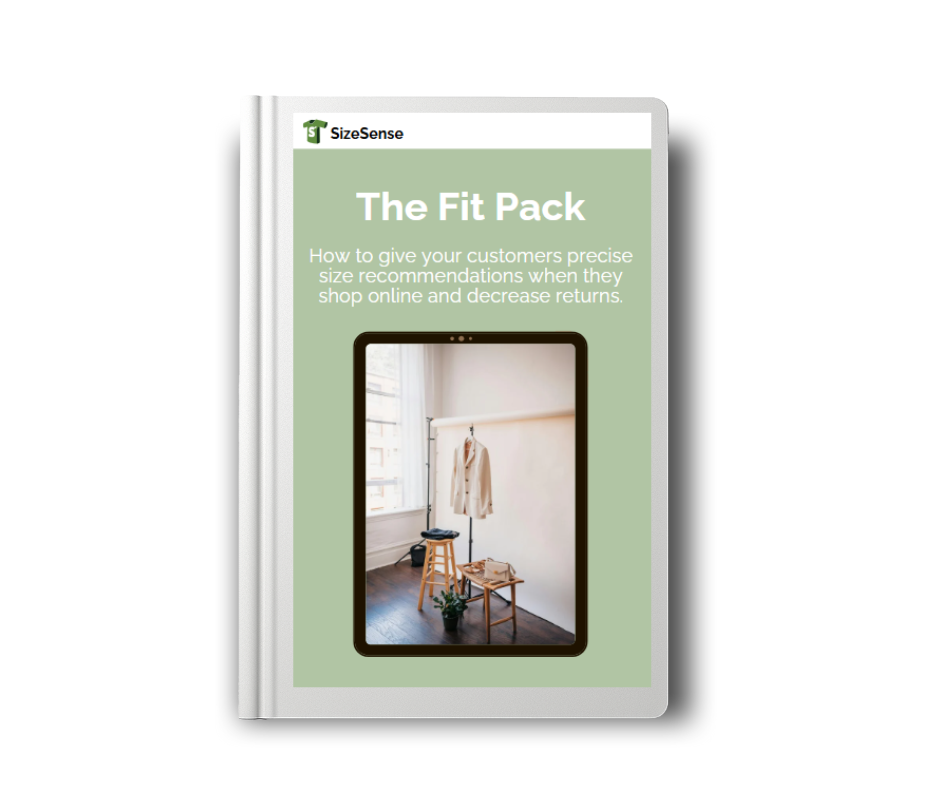In recent years, the conversation around sustainability in fashion has intensified. Brands are proudly promoting eco-friendly packaging, carbon-neutral shipping, and climate-positive initiatives. But beneath the surface lies an inconvenient truth: the fashion industry’s carbon footprint is far larger than most realize, especially when you factor in the hidden impact of product returns.
The Environmental Cost of Returns
Returns are not simply customer service issues – they’re environmental ones.
Transportation Emissions
Every return is a new shipment. In the U.S. alone, return shipping generates as much CO₂ as 3 million cars driving for an entire year (Reverse Logistics Association). Each returned package adds to the fashion industry’s carbon footprint, increasing transport-related emissions that could otherwise be avoided.
Packaging Waste
Returned goods rarely go back into original packaging. They are often repackaged using new polybags, tape, inserts, and labels. The fashion industry already consumes over 180 billion polybags per year, and the returns process only amplifies this issue (Fashion for Good). Each new piece of plastic packaging contributes further to landfill waste and fossil fuel usage.
Unsold Returns
An estimated 20-30% of returned clothing is never resold, according to McKinsey. These items often end up in landfills, are incinerated, or are offloaded to third-party liquidators. For fast fashion brands, it is frequently more cost-effective to discard returns than to inspect and restock them. This wasteful practice is a major contributor to the fashion industry’s carbon footprint.
Overproduction Driven by Returns
To account for high return rates and inaccurate size data, brands typically overproduce by 30-40%. This overproduction inflates emissions from manufacturing, shipping, and storage, even before a garment reaches the customer. Ultimately, many of these items are sold at a loss, discarded, or destroyed, perpetuating the waste cycle and enlarging the fashion industry carbon footprint.
Bracketing and Bulk Emissions
“Bracketing”—ordering multiple sizes of the same item to try on at home – is now common in e-commerce. According to a Narvar Consumer Report, over 60% of online shoppers bracket their orders. While it may help customers find the right fit, it also creates excess production, packaging, and shipping. All of which further inflate the fashion industry carbon footprint.
The Bigger Picture
Despite well-meaning efforts like carbon-neutral shipping, the fashion industry carbon footprint cannot be reduced unless returns are addressed head-on. Sustainable packaging and offsets are not enough if garments continue to boomerang back to warehouses or get discarded entirely.
To make real progress, brands must invest in smarter solutions:
- Size recommendation tools to reduce bracketing and fit-related returns.
- Better data analytics to improve forecasting and reduce overproduction.
- Durable, versatile designs that encourage long-term wear.
Reducing the fashion industry carbon footprint isn’t just a marketing move – it’s a business imperative. The environmental cost of returns is too great to ignore.
Fashion doesn’t need to be faster or cheaper. It needs to be smarter, starting with fit, efficiency, and responsibility.
Learn how SizeSense.ai helps fashion brands cut returns and reduce their carbon footprint at the source.
Get a FREE copy of our eBook
Boost Sales and Customer Loyalty and Decrease Returns For Your Fashion Brand!

Get a free copy of our eBook. Discover how to why size Isn’t just a number, how to reduce returns and what you need to make your brand ready to use SizeSense.ai

Leave a Reply
You must be logged in to post a comment.